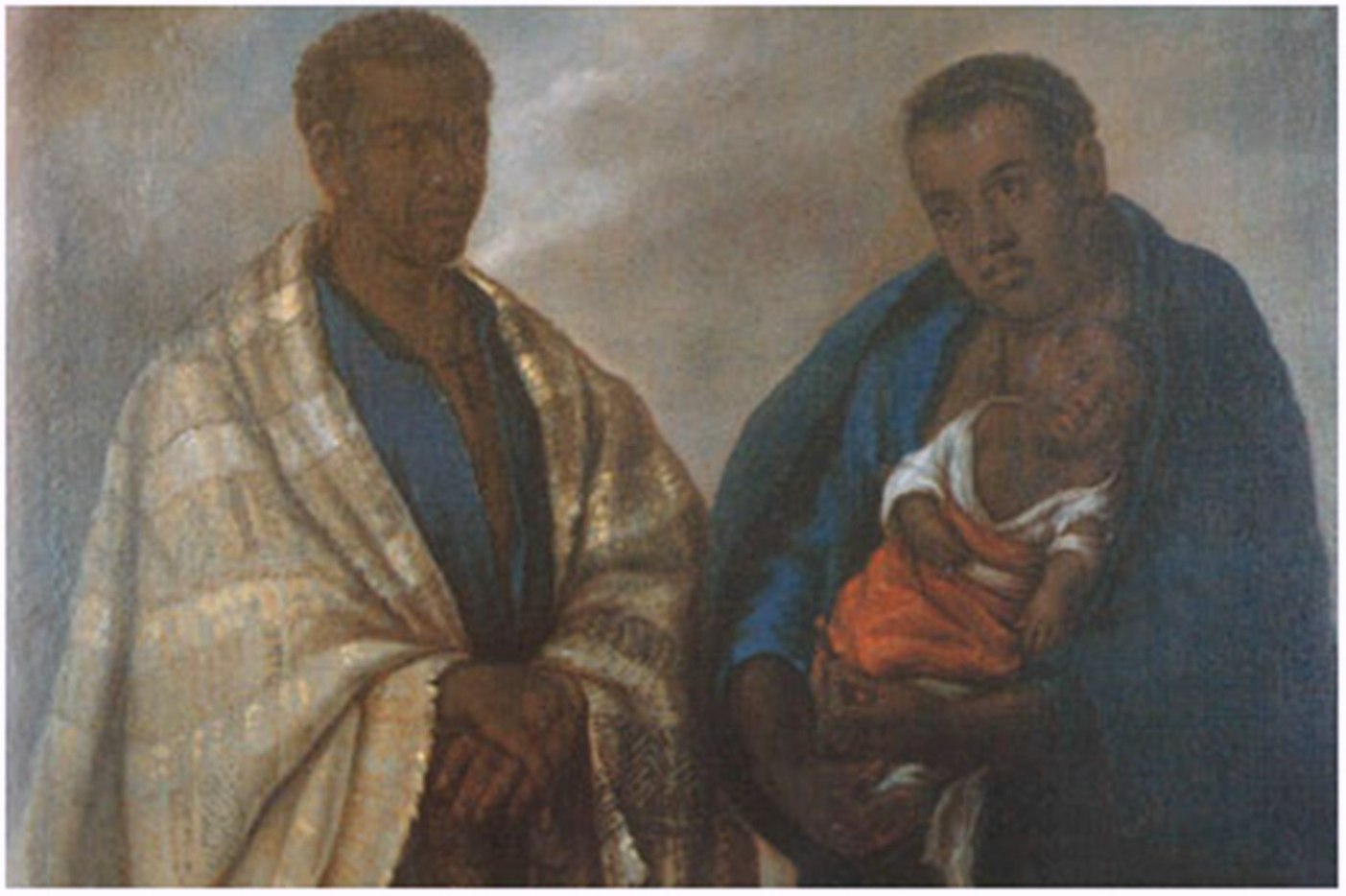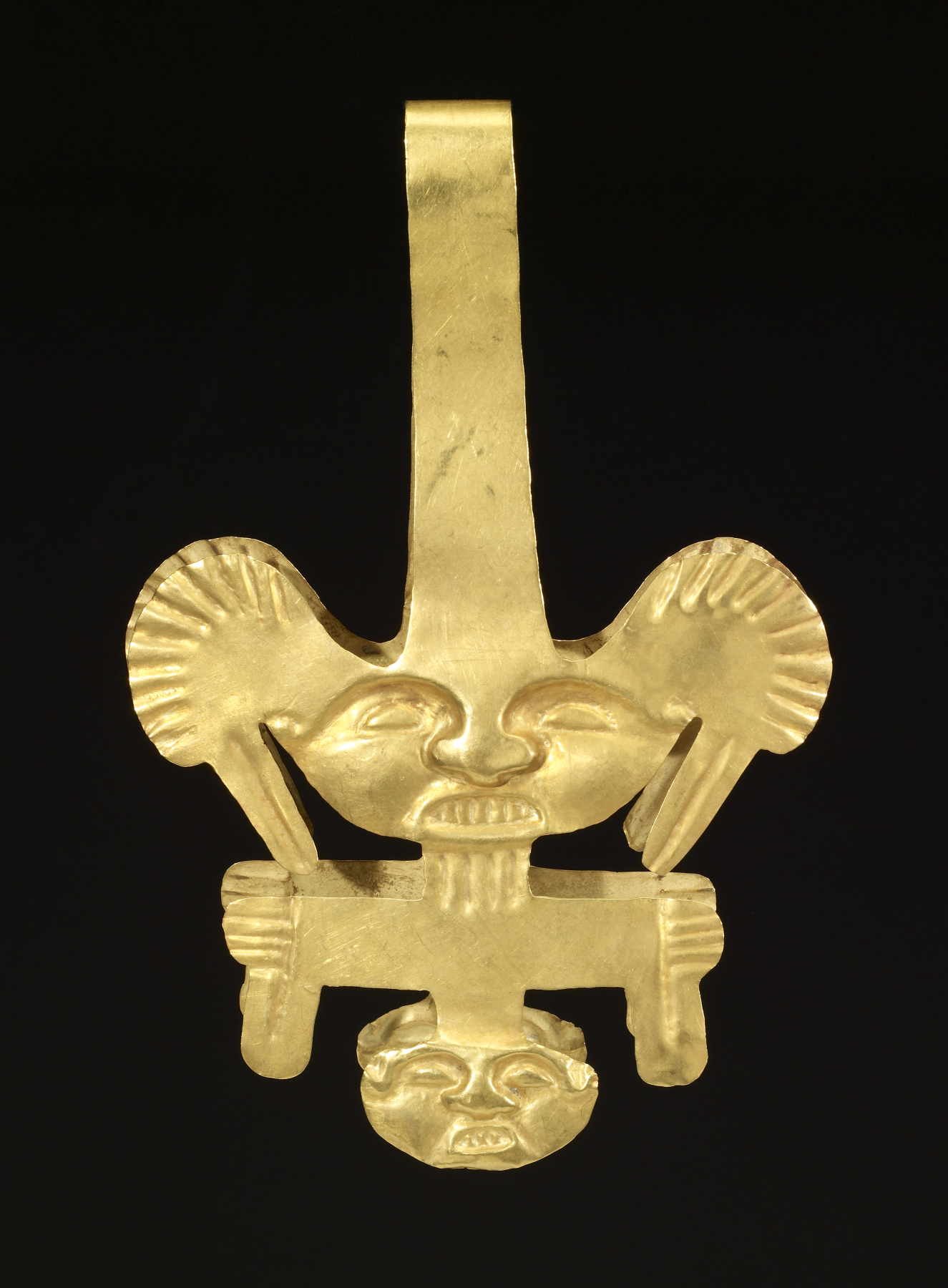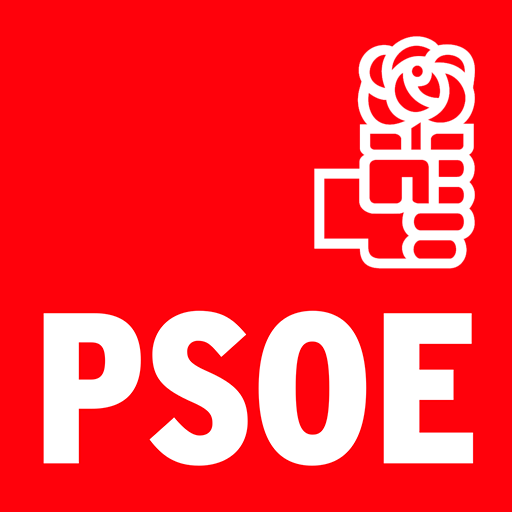|
Lucrecia Panchano
Lucrecia Panchano (born ) is a Colombian poet. Her poems, written in the ''costumbrista'' style, are considered important historical records for Colombia's Pacific region, because they narrate the cultural traditions of the region's African-descendent population. Biography Lucrecia Panchano was born around 1940, perhaps as early as 1935, in Guapi, Colombia. She was raised by her maternal grandmother and did not have contact with her mother throughout her childhood and adolescence. She completed her primary studies at the Immaculate Conception School in Guapi. At just 13 years old, Pachano was chosen to be a rural teacher and sent to work in the Emberá indigenous community, where she taught people to read. She continued to teach there for approximately six years. In 1954, she moved to the Valle del Cauca department in search of her biological mother. There, she married and had two children. After returning to Guapi for a year after separating form her husband, in 1960 she was ... [...More Info...] [...Related Items...] OR: [Wikipedia] [Google] [Baidu] |
Costumbrismo
''Costumbrismo'' (in Catalan: ''costumisme''; sometimes anglicized as costumbrism, with the adjectival form costumbrist) is the literary or pictorial interpretation of local everyday life, mannerisms, and customs, primarily in the Hispanic scene, and particularly in the 19th century. ''Costumbrismo'' is related both to artistic realism and to Romanticism, sharing the Romantic interest in expression as against simple representation and the romantic ''and'' realist focus on precise representation of particular times and places, rather than of humanity in the abstract.Antonio Reina PalazónEl Costumbrismo en la Pintura Sevillana del Siglo XIX, Biblioteca Virtual Miguel Cervantes. Accessed online 2010-01-22. It is often satiric and even moralizing, but unlike mainstream realism does not usually offer or even imply any particular analysis of the society it depicts. When not satiric, its approach to quaint folkloric detail often has a romanticizing aspect. ''Costumbrismo'' can be f ... [...More Info...] [...Related Items...] OR: [Wikipedia] [Google] [Baidu] |
Pacific/Chocó Natural Region
The Pacific/Chocó region is one of the five major natural regions of Colombia. Ecologically, this region belongs entirely to the Chocó Biogeographic Region and is considered a biodiversity hotspot. It also has areas with the highest rainfall in the world, with areas near Quibdo, Chocó reaching up to annually. Biogeographical subregions The Pacific region is bordered by the Pacific Ocean to the west and the West Andes to the east. To the north is the Darién Gap and the Serranía del Darién at the border with Panama. The area is mostly flat and covered by dense rainforest, rivers, swamps, and mangroves. The Baudó Mountains are a small, isolated range in this area along the coast. Gorgona Island is located off the southwest coast. Politically, the region is within the following Colombian departments: Chocó, Valle del Cauca, Cauca and Nariño. Rivers From north to south the main rivers are the Atrato, San Juan, Calima, Dagua, Anchicayá, Sanquianga. Biodiv ... [...More Info...] [...Related Items...] OR: [Wikipedia] [Google] [Baidu] |
African Diaspora
The African diaspora is the worldwide collection of communities descended from List of ethnic groups of Africa, people from Africa. The term most commonly refers to the descendants of the native West Africa, West and Central Africans who were slavery, enslaved and shipped to the Americas via the Atlantic slave trade between the 16th and 19th centuries, with their largest populations in Brazil, the United States, and Haiti. The term can also be used to refer to Demographics of Africa, African descendants who immigrated to other parts of the world. Scholars identify "four circulatory phases" of this migration out of Africa. The phrase ''African diaspora'' gradually entered common usage at the turn of the 21st century. The term ''diaspora'' originates from the Greek (''diaspora'', "scattering") which gained popularity in English in reference to the Jewish diaspora before being more broadly applied to other populations. Less commonly, the term has been used in scholarship to refe ... [...More Info...] [...Related Items...] OR: [Wikipedia] [Google] [Baidu] |
Guapi, Cauca
Guapi is a town and municipality in the Cauca Department, Colombia. The municipality of Guapi is located on the Guapi River, from the Pacific Ocean, and also covers the island of Gorgona. Culture Guapi is a predominantly Afro-Colombian and Catholic area, with a rich local history. Combining both aspects, and most prominent in local tradition, Guapireños have been building ''balsadas'' – handcrafted two-tiered boats decorated with native materials – every December, as part of two ceremonies related to Christmas, for many generations. A Guapireño described the tradition as "a cultural manifestation that has been preserved for centuries and that is linked with the black community's history of resistance". The ''balsadas'' traditionally honor the Virgin Mary, the town's patron saint, and are floated down the Guapi River on the nights of both 7 December ( Day of the Little Candles) and Christmas Eve. Over three days at the start of December, families in the community build ... [...More Info...] [...Related Items...] OR: [Wikipedia] [Google] [Baidu] |
Emberá People
The Emberá , also known in the historical literature as the ''Chocó'' or ''Katío'' Indians are an Indigenous people of Panama and Colombia. Together with the Wounaan (or Waunana) they are part of the Emberá-Wounaan group. In the Emberá languages, the word ''ẽberá'' can be used to mean person, man, or Indigenous person, depending on the context in which it is used. There are approximately 33,000 people living in Panama and 50,000 in Colombia who identify as Emberá. Language The Emberá language is not a single language but a group of mutually-intelligible languages spoken throughout Panamá and Colombia. Along with Wounmeu, they are the only extant members of the Chocó language family and not known to be related to any other language family of Central or South America, although in the past relationships have been proposed with the Carib, Arawak, and Chibchan language families. An established Emberá alphabet has been officially recognized by the government of ... [...More Info...] [...Related Items...] OR: [Wikipedia] [Google] [Baidu] |
Buenaventura, Valle Del Cauca
Buenaventura is a coastal seaport city located in the Pacific Region of the department of Valle del Cauca, Colombia (South America). Buenaventura (Spanish for "good fortune") is the main port of Colombia in the Pacific Ocean. As of the 2018 census, Buenaventura has a population of 235,064. Most of the urban development takes place on Cascajal Island, while the majority of the city's land is rural with scattered, small villages. It is served by the Gerardo Tobar López Airport. The city is part of the UNESCO Creative Cities Network after it was named a "City of Gastronomy" in 2017. History The city was founded on July 14, 1540, by Juan Ladrillero through orders from Pascual de Andagoya. Its name, Buenaventura, is Spanish for “good luck”. At that time, it was inhabited by an indigenous tribe called the Buscaja Indians. The city was destroyed by Indigenous Americans before 1600; it was later rebuilt. Buenaventura thrived after the opening of the Panama Canal in 1914; and ... [...More Info...] [...Related Items...] OR: [Wikipedia] [Google] [Baidu] |
Cali
Santiago de Cali (), or Cali, is the capital of the Valle del Cauca department, and the most populous city in southwest Colombia, with 2,280,522 residents estimate by National Administrative Department of Statistics, DANE in 2023. The city spans with of urban area, making Cali the second-largest city in the country by area and the List of cities and towns in Colombia, third most populous. As the only major Colombian city with access to the Pacific Coast, Cali is the main urban and economic center in the south of the country, and has one of Colombia's fastest-growing economies. The city was founded on 25 July 1536 by the Spanish explorer Sebastián de Belalcázar. As a sporting center for Colombia, it was the host city for the 1971 Pan American Games. Cali also hosted the 1992 World Wrestling Championships, the World Games 2013, 2013 edition of the World Games, the UCI Track Cycling World Championships in 2014, the IAAF World Youth Championships in Athletics, World Youth Champi ... [...More Info...] [...Related Items...] OR: [Wikipedia] [Google] [Baidu] |
University Of Valle
The University of Valle (), also called Univalle, is a public, departmental, coeducational, research university based primarily in the city of Cali, Valle del Cauca, Colombia. It is the largest higher education institution by student population in the southwest of the country, and the third in Colombia, with more than 30,000 students. The university was established by ordinance No. 12 of 1945, by the Departmental Assembly as the Industrial University of Valle del Cauca (), under the leadership of Tulio Ramírez Rojas and Severo Reyes Gamboa. The university has two campuses in Cali. The main one, known as University City of Melendez (, CUM), is located in the southern neighborhood of Melendez and hosts the faculties of Engineering, Humanities, Integrated Arts, Sciences, and Social Sciences and Economics, as well as the institutes of Education and Pedagogy, and Psychology. Its second one, located in the centric San Fernando neighborhood, hosts the faculties of Administration Sci ... [...More Info...] [...Related Items...] OR: [Wikipedia] [Google] [Baidu] |
José Luis Rodríguez Zapatero
José Luis Rodríguez Zapatero (; born 4 August 1960) is a Spanish politician and member of the Spanish Socialist Workers' Party (PSOE). He was the Prime Minister of Spain being elected for two terms, in the 2004 and 2008 general elections. On 2 April 2011 he announced he would not stand for re-election in the 2011 general election and left office on 21 December 2011. Among the main actions taken by the Zapatero administration were the withdrawal of Spanish troops from the Iraq war, the increase of Spanish troops in Afghanistan; the idea of an Alliance of Civilizations; the legalisation of same-sex marriage in Spain; reform of abortion law; a peace negotiation attempt with ETA; the end of ETA terrorism; increase of tobacco restrictions; and the reform of various autonomous statutes, particularly the Statute of Catalonia. Biography Family background and early life José Luis Rodríguez Zapatero was born in Valladolid, Castile and León, to Juan Rodríguez y García-L ... [...More Info...] [...Related Items...] OR: [Wikipedia] [Google] [Baidu] |
Spanish Socialist Workers' Party
The Spanish Socialist Workers' Party ( , PSOE ) is a Social democracy, social democratic Updated as required.The PSOE is described as a social-democratic party by numerous sources: * * * * List of political parties in Spain, political party in Spain. The PSOE has been in government longer than any other political party in modern democratic Spain: from 1982 to 1996 under Felipe González, 2004 to 2011 under José Luis Rodríguez Zapatero, and since 2018 under Pedro Sánchez. The PSOE was founded in 1879, making it the oldest party currently active in Spain. The PSOE played a key role during the Second Spanish Republic, being part of the coalition government from 1931 to 1933 and 1936 to 1939, when the republic was defeated in the Spanish Civil War. The party was then banned under the Francoist Spain, Francoist dictatorship and its members and leaders were persecuted or exiled; the ban was only lifted in 1977 in the Spanish transition to democracy, transition to democracy. His ... [...More Info...] [...Related Items...] OR: [Wikipedia] [Google] [Baidu] |
Afro-Colombians
Afro-Colombians (), also known as Black Colombians (), are Colombians of total or predominantly Sub-Saharan African ancestry. Colombia has one of the largest Afro-descendant populations in South America, with government estimates being that Afro-Colombians make up about ten percent of the country's population. In the national censuses of Colombia, Black people are recognized as three official groups: the Raizals, the Palenques and other Afro-Colombians. History Africans were enslaved in the early 16th century in Colombia. They were from various places across the continent, including modern-day Republic of the Congo, Democratic Republic of the Congo, Angola, Nigeria, Cameroon, The Gambia, Liberia, Guinea, Ghana, Ivory Coast, Guinea-Bissau, Sierra Leone, Senegal, Mali and parts of Togo, Benin, Namibia and Zimbabwe. They were forcibly taken to Colombia to replace the Indigenous population, which was rapidly decreasing due to extermination, genocide campaigns, disease, ... [...More Info...] [...Related Items...] OR: [Wikipedia] [Google] [Baidu] |







